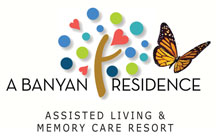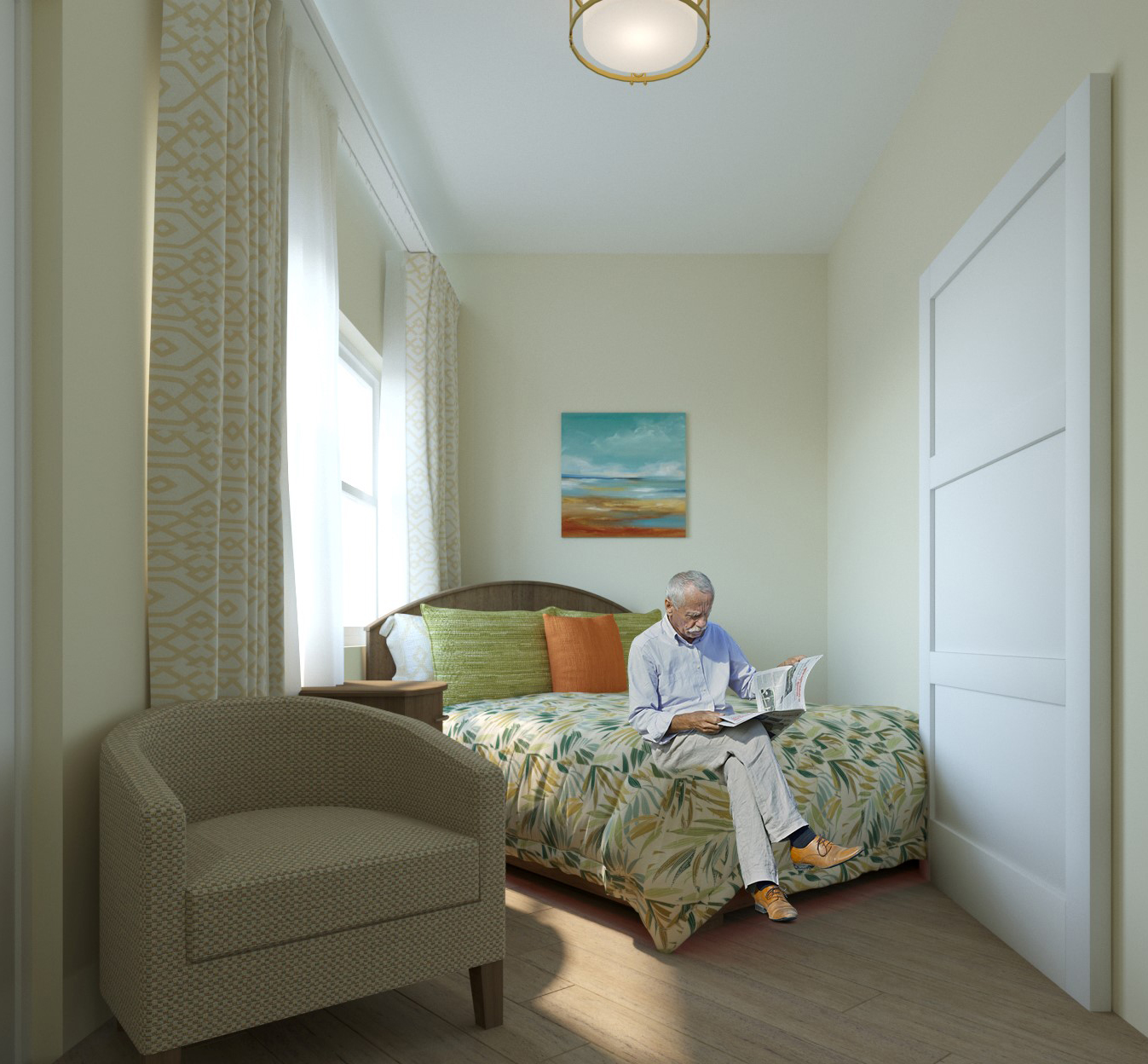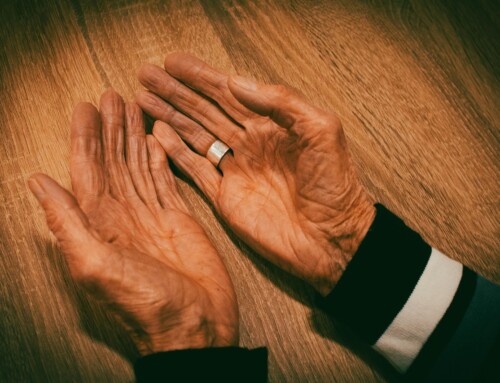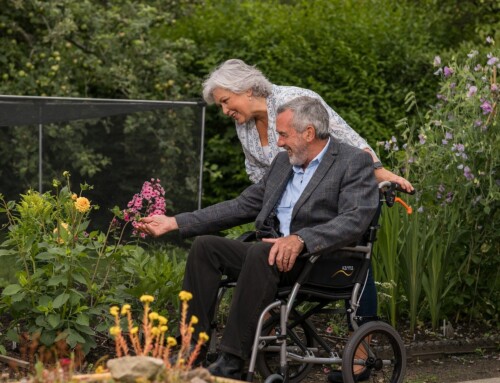Millions of Americans have a senior family member who lives far away, making long-distance caregiving a necessity for some. Research shows that for those who do not live in close proximity to their loved one, families travel an average distance of 450 miles to see their parents or grandparents – thats seven hours of travel one way. Trying to manage their care from a distance does result in additional challenges, but it does not exclude remote family members from participating in the care of someone they love.
Here are some expert recommendations on how to remain involved with your senior family member, even if there are miles between you.
-
- Know your role: This is not a simple situation, and no one person can do everything. Each family member should carefully consider the scope of the role that is feasible and practical for them. Personal devices, online banking and advances in video applications allow a long distance caregiver to easily assist with bill payment and finances; as well as keeping track of health conditions, making sure medication is managed properly, and serving as the primary point of contact with health care professionals. Navigating health benefits can get tricky, but working with providers is not location-specific. Many people choose to also make themselves the main point of contact for family and friends, disseminating necessary information through group text messages, email or a private Facebook group. This person may also choose to maintain a calendar for visitors, appointments and any other special events.
- Take advantage of available technology: By now, technology has been around long enough for even seniors to have some familiarity with it. Technology has made our lives easier in myriad ways, including long distance caregiving. It is vital to create a schedule of routine check ins to see how they are feeling, listen to anything they need such as groceries or cleaning supplies, or any evolving health concerns. Make the check-in at a consistent time so your loved one knows when they can expect to hear from you. Let them choose which method of communication is most comfortable for them based on their knowledge and capabilties – phone, email, instant messages, or video chat are all good options. Video chat offers substantial benefit for long distance family relationships as it allows your family member to look forward to a personal encounter with a friendly face. Caregivers and family members can also better gauge how the senior is doing when they talk with them face to face.
- Be prepared for anything, even an emergency: Technology helps to bridge the gap when long-distance caregiving, but you should always have someone close by who can get there quickly in case of emergency. This could be a family member, friend or even a neighbor – the only requirement is that it is someone both you and your loved one trust. Should an emergency occur, this individual can care for your loved one’s needs until you can get there. Be sure to assemble emergency phone numbers, medical records and create an action plan.
- Develop a care plan for your family member: As a long distance caregiver, you’ll have to make sure a primary caregiver or live-in nurse is established. You may also wish to move your loved one into an assisted living facility, where they will enjoy full time supervision and companionship. This may be the best option if your family member’s health or mobility is declining and they require a higher level of care. Assisted living residences offer a significant advantage to long-distance caregivers, as they have a professional, onsite point of contact to communicate with.
Regardless of how far away you live, you can stay involved in your loved one’s life in many meaningful ways through long-distance caregiving. If you have any questions, contact A Banyan Residence in The Villages to learn more about our lifestyle, and the care and amenties we offer your loved one.








